Solo travel transforms from a mere logistical arrangement into a profound journey of personal discovery when a city becomes an active participant in the experience. While traveling alone anywhere can offer freedom and self-reliance, certain cities amplify these benefits through their unique combinations of safety, social architecture, cultural openness, and navigational ease.
Here is a list of 20 cities that elevate solo travel from simple sightseeing to a transformative experience. Each offers distinct advantages for those exploring the world on their terms.
Tokyo, Japan

The Japanese capital combines exceptional safety with a culture that normalizes solo activities, making it perhaps the ultimate city for first-time solo travelers. Restaurant counters designed specifically for individual diners eliminate the awkwardness often associated with eating alone, while efficient public transportation with clear English signage enables confident navigation despite the language barrier.
The city’s distinct neighborhoods allow solo travelers to experience multiple Japans within a single visit, creating natural conversation points when connecting with others.
Lisbon, Portugal
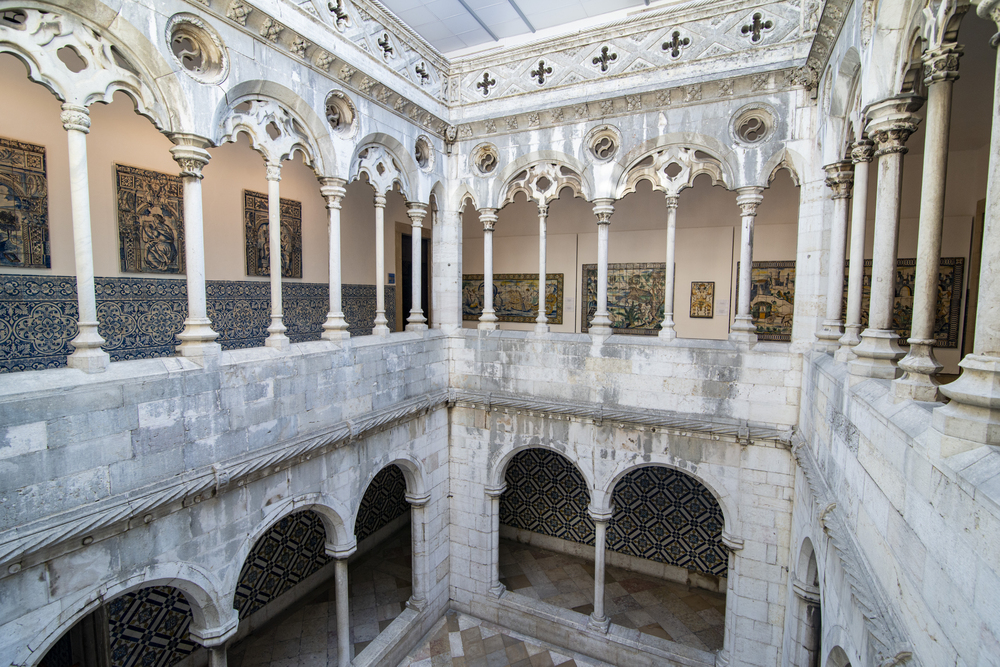
Portugal’s hilly capital creates natural pauses in exploration that solo travelers particularly appreciate, with miradouros (viewpoints) serving as perfect spots for reflection or striking up conversations with fellow sunset-watchers. The compact historic neighborhoods balance the safety of consistent foot traffic with winding streets that never feel overwhelmingly crowded.
At the same time, the prevalence of English among locals removes communication barriers that might otherwise isolate solo visitors. The tradition of fado performances in intimate venues draws solo travelers into authentic cultural experiences.
Like Travel Pug’s content? Follow us on MSN.
Melbourne, Australia
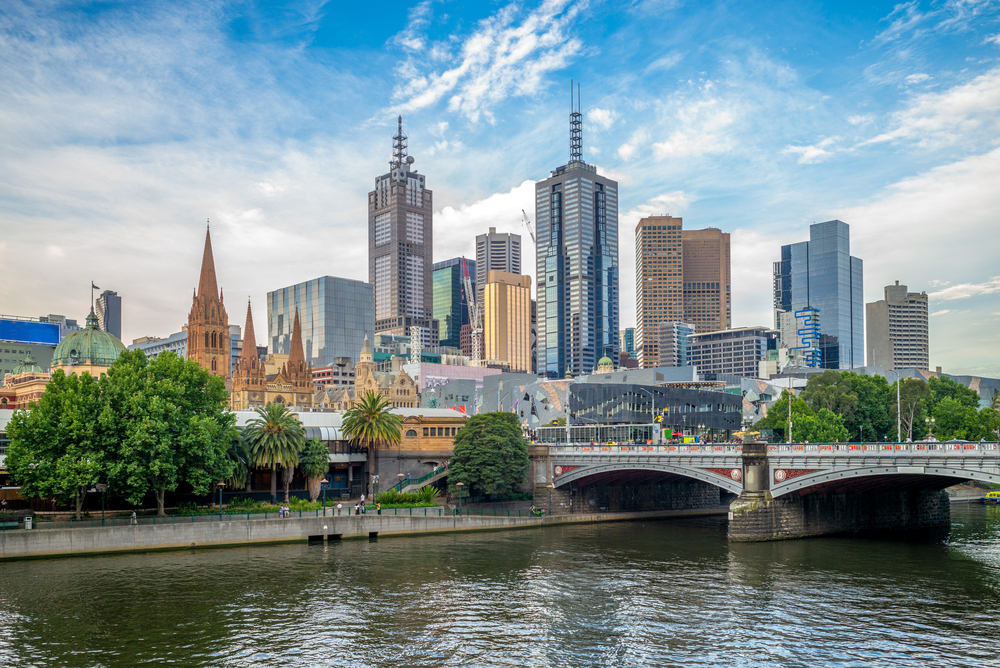
This Australian city’s famous laneway culture creates ideal spaces for solo travelers to comfortably linger in the public realm, with small cafés and bars designed for both socializing and people-watching. The extensive tram network with a free city center zone enables effortless exploration without transportation planning.
At the same time, the street art culture provides natural conversation starters with locals and fellow travelers alike. The city’s reputation for inclusive diversity means solo travelers from various backgrounds experience a genuine welcome rather than merely tolerant acceptance.
Mexico City, Mexico
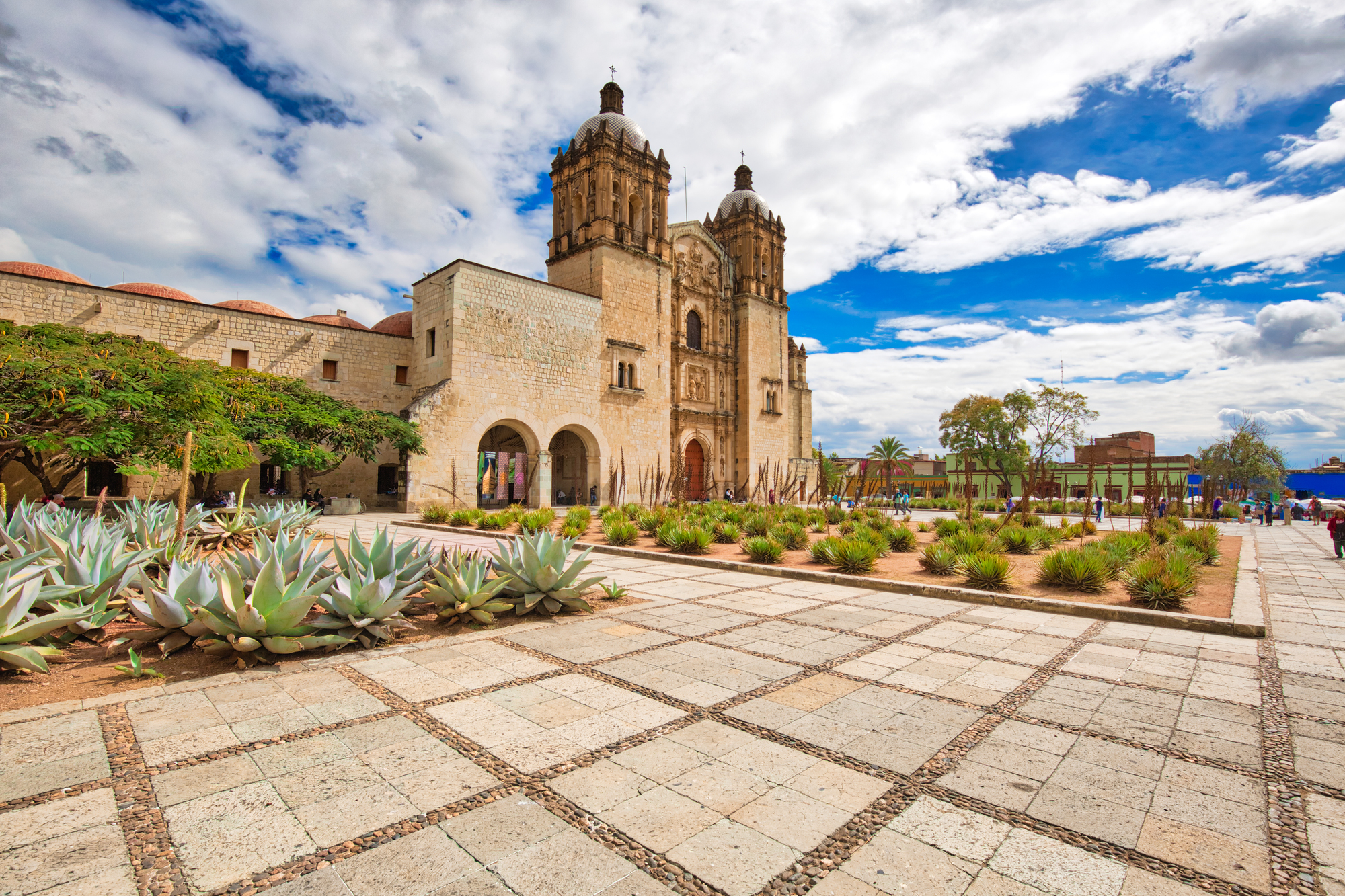
The sprawling Mexican capital rewards solo travelers with extraordinary museum density—over 150 museums across the city provide structured experiences where being alone actually enhances engagement with exhibits. Chapultepec Park offers 1,700 acres of green space where solo visitors can comfortably alternate between social interaction in popular areas and reflective solitude in quieter zones.
The metro system, costing just five pesos per ride, enables comprehensive exploration regardless of budget, while the city’s rich architectural contrasts create natural chapter breaks in solo journeys.
Bangkok, Thailand

Thailand’s capital excels at easing solo travelers into Southeast Asian culture through its blend of approachable familiarity and exotic distinction. The extensive boat network along the Chao Phraya River and connecting canals offers contemplative transport alternatives to the energetic street level, creating natural perspective shifts throughout the day.
The abundant street food culture, with its counter seating and communal tables, normalizes eating alone while facilitating casual conversation with vendors and fellow diners.
Like Travel Pug’s content? Follow us on MSN.
Berlin, Germany
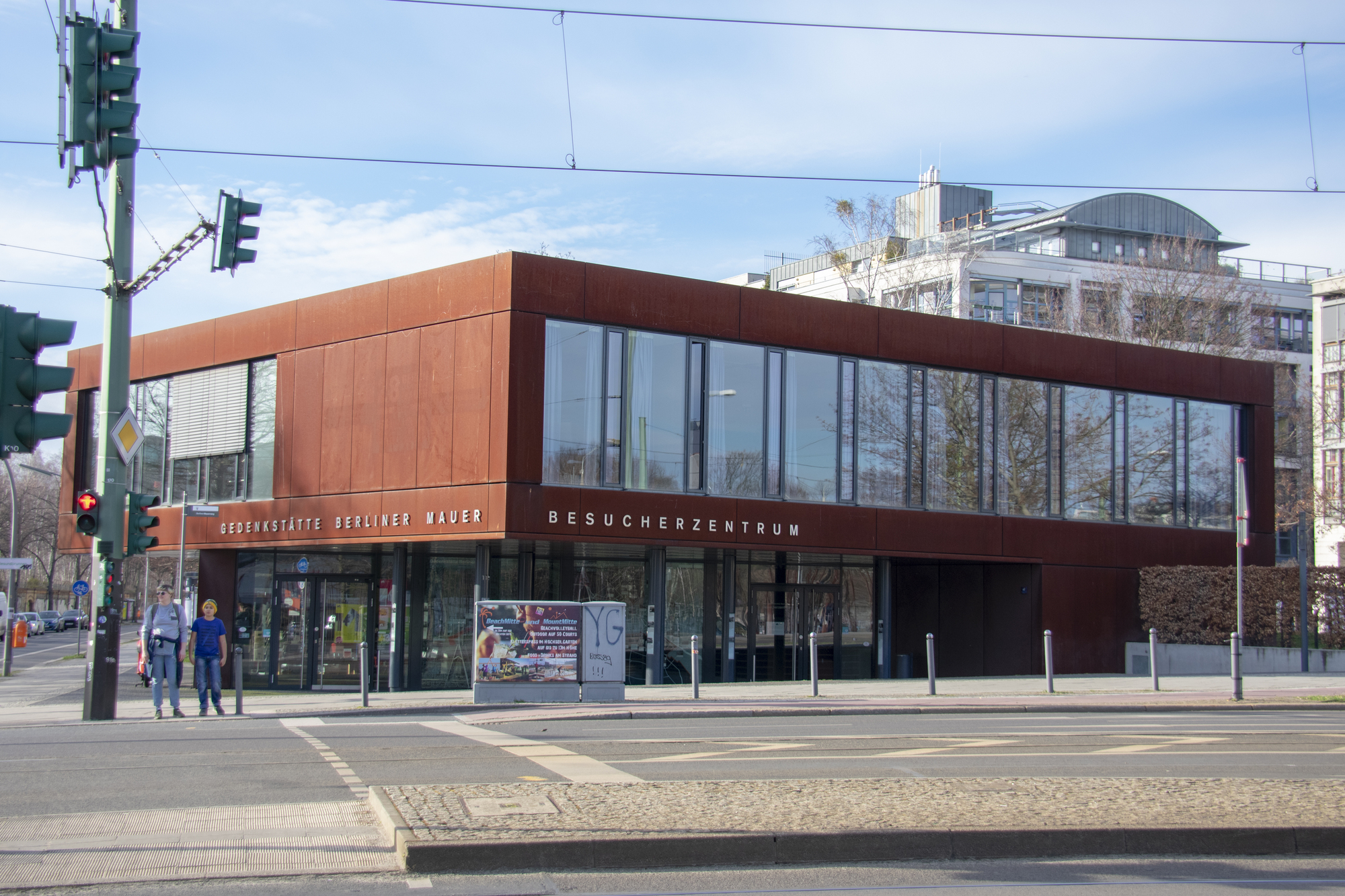
The German capital’s exceptional public transportation and widespread English proficiency create a friction-free environment where solo travelers can focus on experience rather than logistics. The city’s approach to history through museums, memorials, and preserved sites offers solo travelers space for personal processing of complex emotions that group dynamics might otherwise inhibit.
The thriving café culture provides socially acceptable spaces to spend entire afternoons reading, journaling, or people-watching without pressure to vacate tables.
Seoul, South Korea
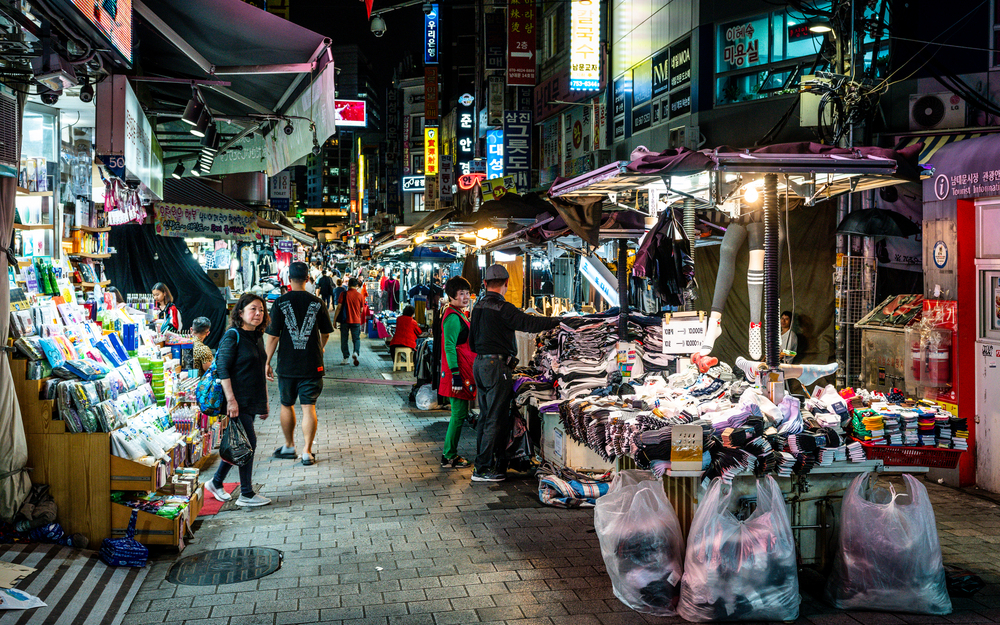
South Korea’s capital combines exceptional safety with a 24-hour culture, eliminating time-of-day constraints that often limit solo travelers, particularly women. The jimjilbang (Korean bathhouse) tradition offers a uniquely Korean social experience where travelers can comfortably occupy public space alone while observing local wellness customs.
The efficient subway system with English signage connects major districts for less than $1.50 per ride. At the same time, the city’s distinct neighborhood identities provide a natural structure to solo exploration with clear thematic transitions.
Amsterdam, Netherlands
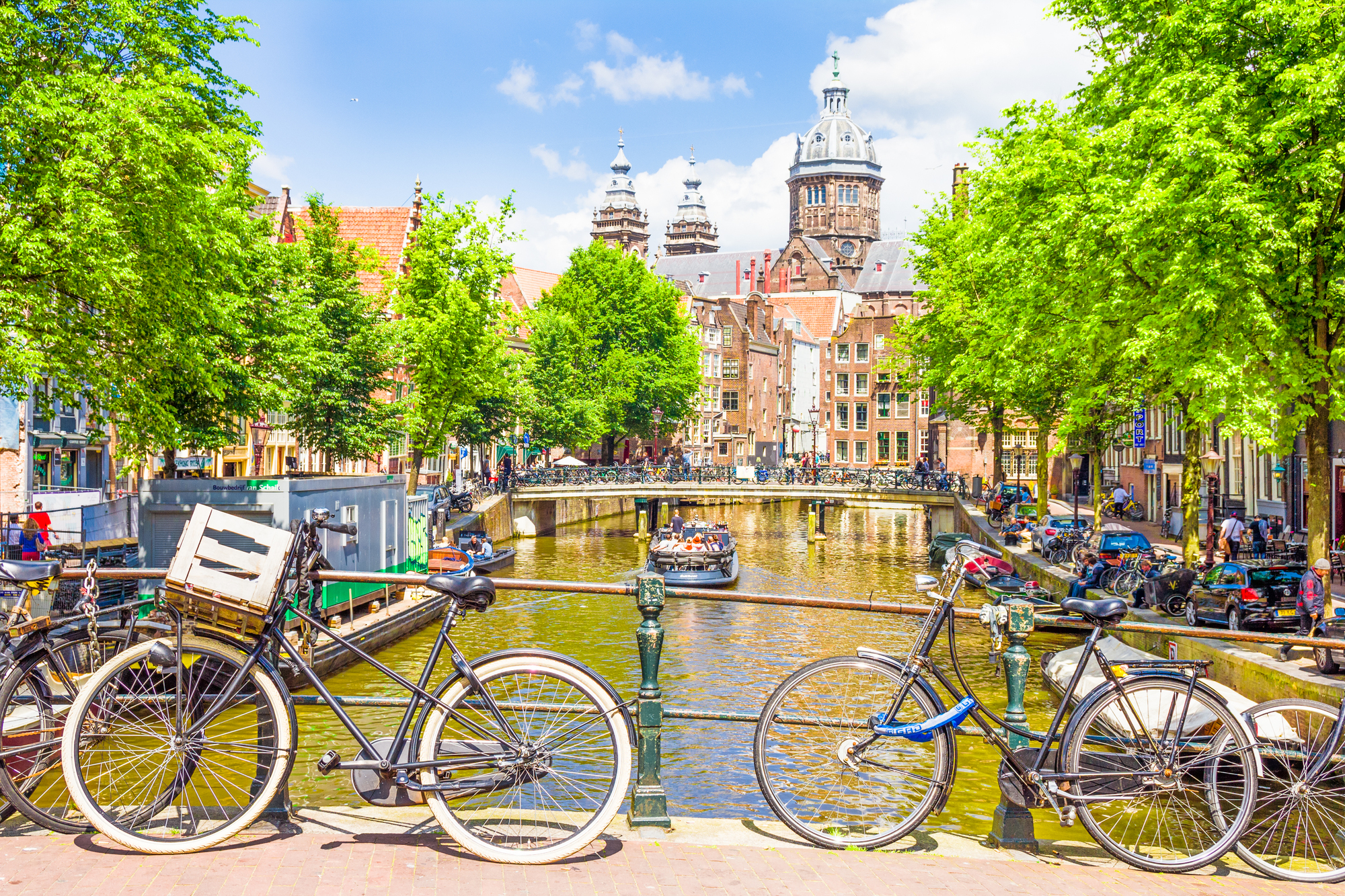
The Dutch capital’s human-scaled architecture and canal layout create an inherently navigable environment where solo travelers can explore without constant map-checking or transportation planning. The city’s café culture provides social spaces specifically designed for lingering alone with a book or watching the world pass by.
The Museumplein district concentrates world-class museums within walking distance, offering solo visitors efficient access to cultural experiences that reward individual pacing and focus.
Like Travel Pug’s content? Follow us on MSN.
Singapore
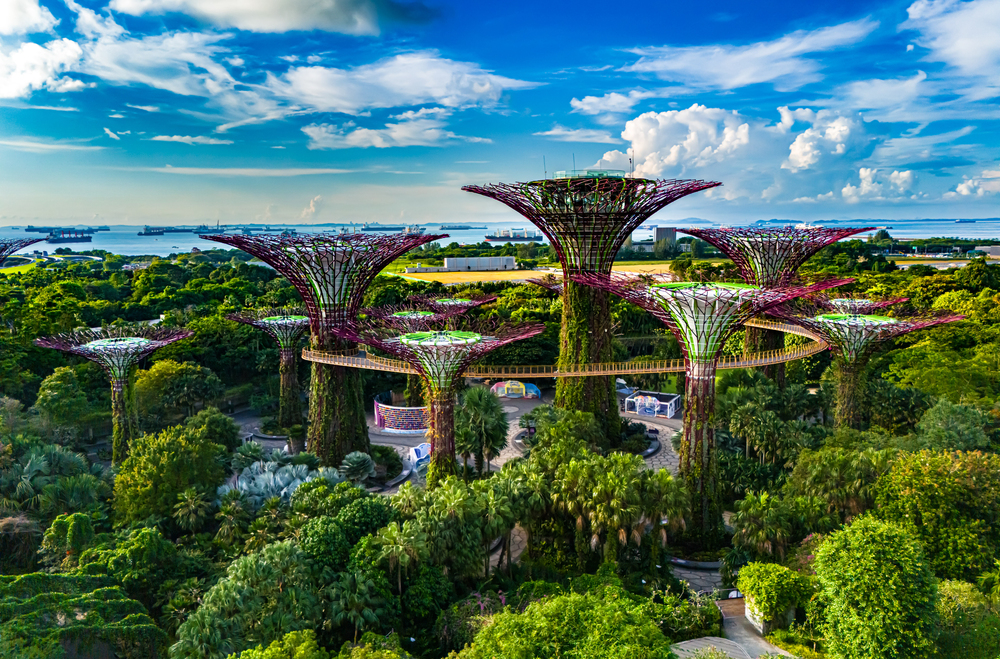
This island city-state offers solo travelers exceptional safety paired with English as an official language, creating an ideal environment for first-time solo travelers in Asia. The comprehensive public transportation system connects cultural enclaves from Chinatown to Little India, enabling efficient exploration of multiple cultural environments within a compact area.
The hawker centers with their communal seating naturally facilitate conversation with locals while normalizing dining alone, creating comfortable entry points into local culture through food.
Barcelona, Spain

The Catalan capital balances structured attractions like Gaudí’s architectural masterpieces with loose, wanderable neighborhoods that reward solo travelers’ freedom to follow curiosity rather than fixed itineraries. The tapas culture with bar counter service creates natural opportunities for casual conversation with locals and fellow travelers alike, while eliminating the awkwardness often associated with dining alone.
The beachfront location provides a refreshing contrast to urban exploration, offering solo travelers a natural daily rhythm shift between cultural engagement and reflective downtime.
Cape Town, South Africa
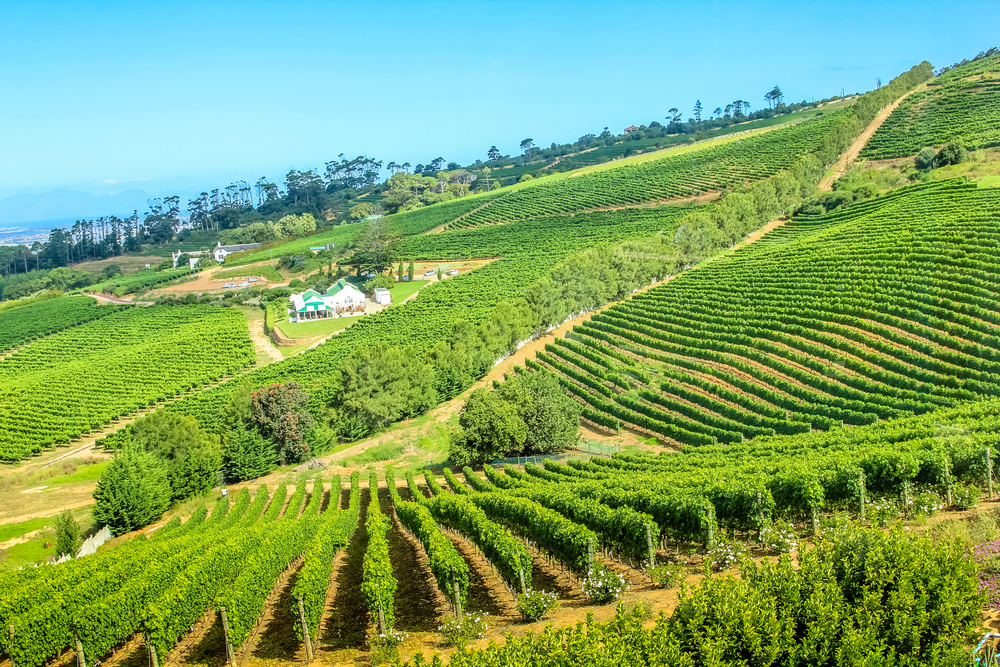
This dramatically situated city at the confluence of two oceans offers solo travelers exceptional geographical clarity, with Table Mountain providing a constant reference point that simplifies navigation. The diverse neighborhood identities from Bo-Kaap to Woodstock create a natural structure for exploration, while the prevalence of English removes communication barriers that might otherwise isolate solo visitors.
The robust free walking tour culture offers solo travelers efficient orientation alongside opportunities to meet fellow explorers for subsequent activities.
Like Travel Pug’s content? Follow us on MSN.
Dublin, Ireland

Ireland’s capital excels at facilitating solo travel through its compact city center, where most attractions lie within walking distance, eliminating complex transportation planning. The pub culture creates natural spaces for solo travelers to engage with locals, as traditional music sessions and the accepted practice of sharing tables naturally facilitate conversation.
The literary history embedded throughout the city provides structure for themed exploration, from the Book of Kells at Trinity College to the Dublin Writers Museum and Literary Pub Crawl.
Kyoto, Japan
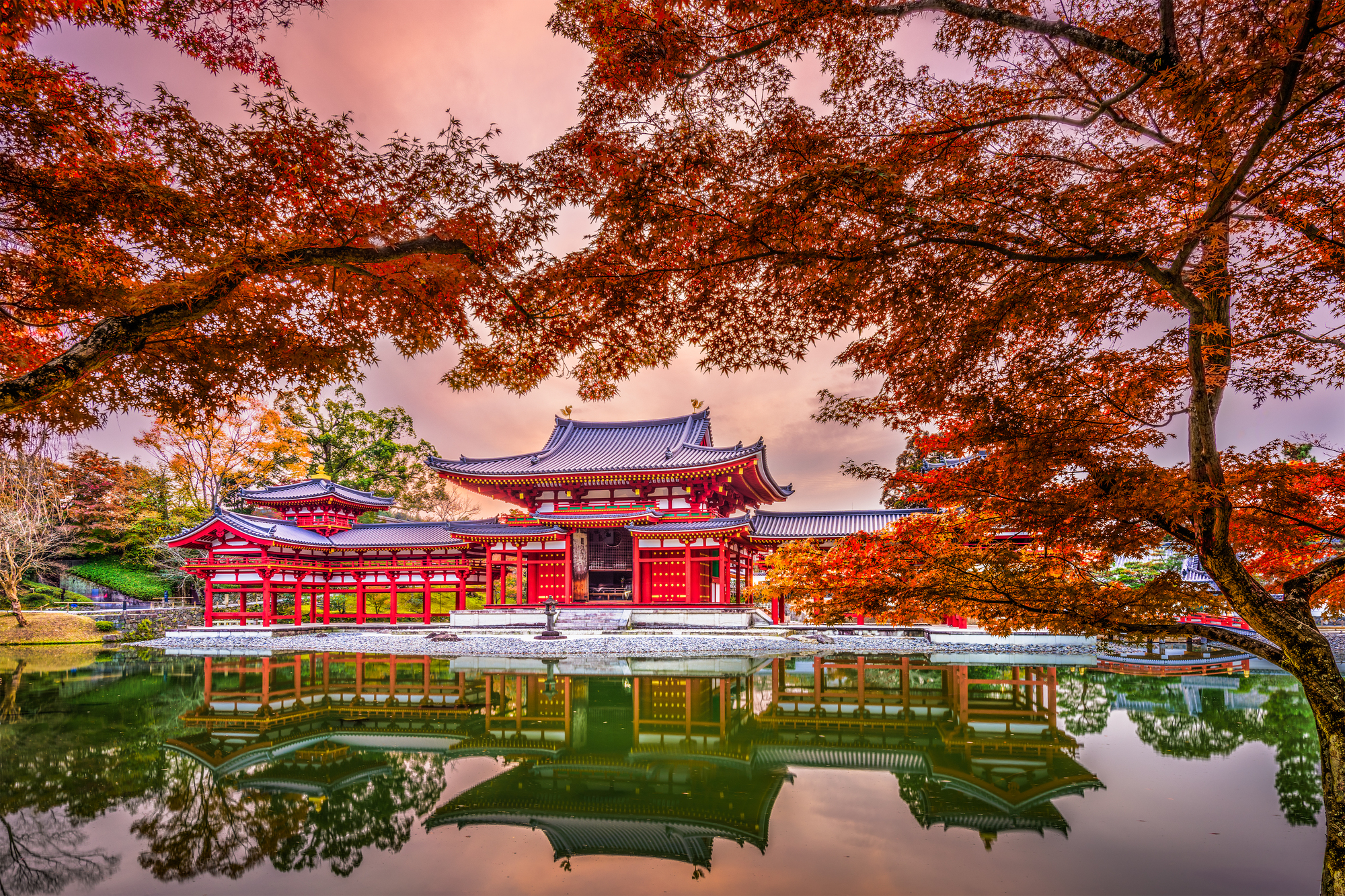
Japan’s former imperial capital provides solo travelers with exceptional contemplative environments through its 1,600 Buddhist temples and 400 Shinto shrines, many designed specifically for individual rather than group spiritual experience. The machiya (traditional wooden townhouse) accommodations, often converted to small guesthouses, create more personal lodging experiences than anonymous hotel towers.
The extensive pavilion and garden design throughout the city offers natural places for mindful pauses between active exploration.
Buenos Aires, Argentina

Argentina’s capital offers solo travelers a rich urban experience where European architectural influences blend with Latin American energy. The city’s café culture provides spaces where sitting alone with a coffee is a celebrated norm rather than an awkward necessity.
The distinct neighborhood personalities, from elegant Recoleta to bohemian San Telmo, create a natural structure for exploration, while the evening culture that begins dinners after 9 p.m. creates lively streets where solo travelers can comfortably absorb nightlife energy without necessarily participating directly.
Like Travel Pug’s content? Follow us on MSN.
Vancouver, Canada
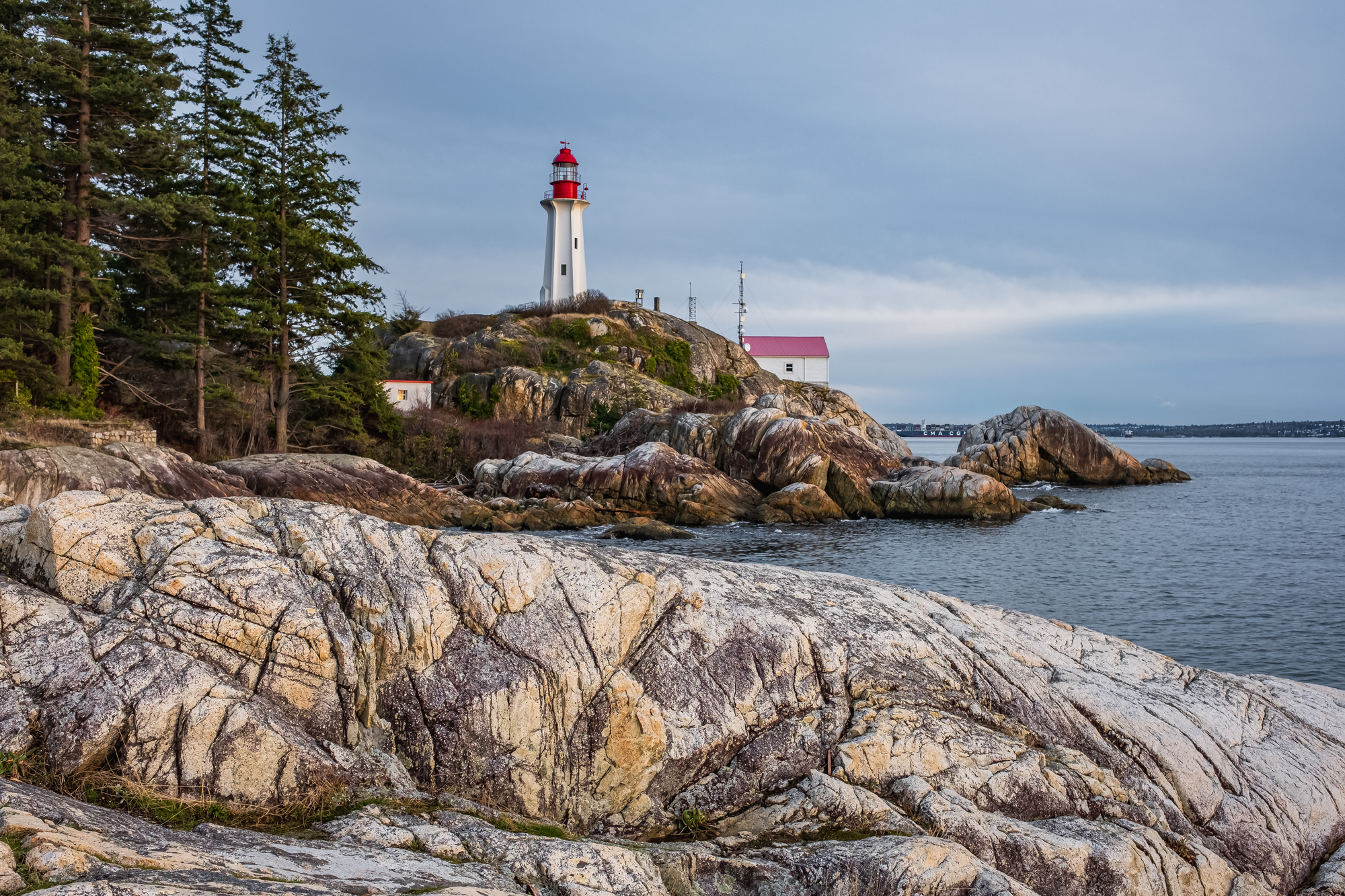
This Pacific coast city surrounds solo travelers with exceptional natural beauty while providing urban comforts and safety. The extensive seawall path connecting neighborhoods offers 17 miles of waterfront walking with constant orientation through mountain and water views.
The multicultural composition with nearly 45% of residents born outside Canada creates an environment where diversity is normalized rather than exoticized, reducing the “outsider” feeling that solo travelers sometimes experience.
Edinburgh, Scotland

Scotland’s capital provides solo travelers with exceptional navigational clarity through its dramatic topography centered on the Royal Mile, which runs along a ridge between Edinburgh Castle and Holyrood Palace. The pub culture creates natural opportunities for solo travelers to engage with locals, while the prevalent literary history offers thematic exploration possibilities.
The compact Old Town and New Town allow efficient walking exploration without transportation planning, while the city’s dramatic seasonal events transform public spaces into performance venues.
Copenhagen, Denmark

The Danish capital combines exceptional safety with transportation infrastructure specifically designed for individual mobility rather than groups or families. The prevalent bike rental systems, extensive cycling lanes, and pedestrian streets create frictionless solo exploration without the isolation sometimes experienced on public transit.
The hygge culture, with its emphasis on creating cozy, welcoming environments, translates to cafés and public spaces designed for comfort rather than merely efficient consumption.
Like Travel Pug’s content? Follow us on MSN.
Vienna, Austria

The Austrian capital excels at providing solo travelers with structured cultural experiences through its exceptional concentration of museums, concert venues, and historical sites. The coffeehouse tradition, dating back centuries, creates socially accepted spaces for solo visitors to linger for hours with a single melange coffee while reading, people-watching, or simply thinking.
The excellent public transportation network enables frictionless movement between Habsburg palaces, art museums, and musical venues.
Wellington, New Zealand
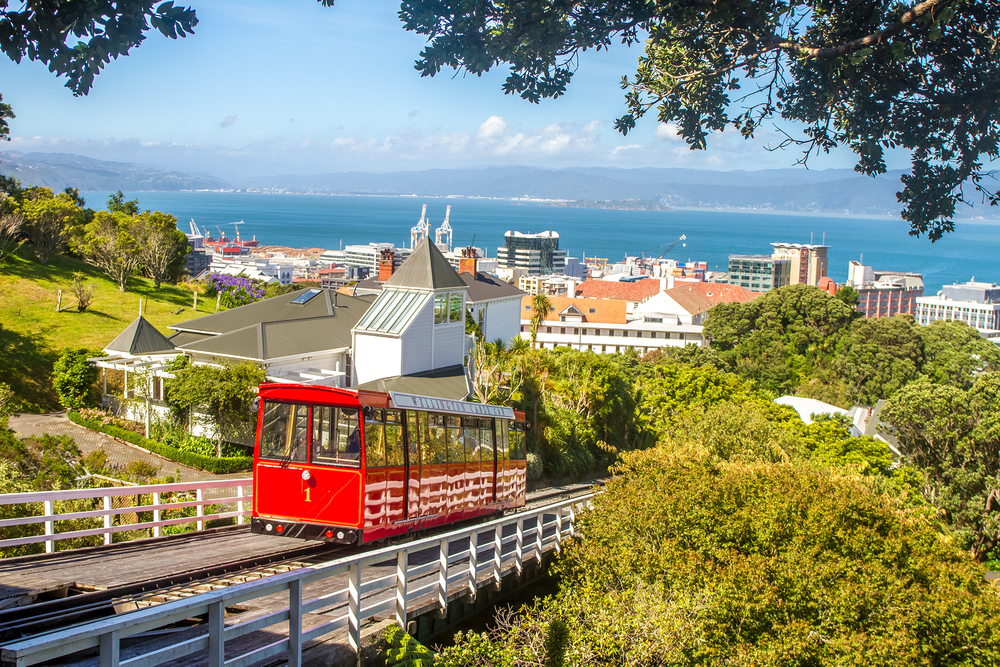
New Zealand’s compact capital provides solo travelers with an ideal combination of cultural engagement and natural beauty within walking distance of the city center. The prevalent café culture creates socially accepted spaces for solo travelers to linger without pressure, while the concentrated creative districts around Cuba Street foster spontaneous conversations with locals engaged in arts and culture.
The accessible hiking trails within the city limits offer natural retreats and orientation viewpoints without requiring transportation planning.
Portland, Oregon

This Pacific Northwest city welcomes solo travelers with its reputation for embracing personal eccentricity and independent exploration. The compact downtown with its efficient light rail and streetcar systems enables car-free exploration regardless of weather, while the distinctive neighborhood identities create a natural structure for thematic exploration.
The prevalent food cart pods create ideal dining environments for solo travelers, offering high-quality, affordable meals in casual outdoor settings where individual dining is completely normalized.
Like Travel Pug’s content? Follow us on MSN.
The Solo Amplifier Effect

These cities demonstrate how thoughtfully designed urban environments can transform solo travel from a potentially isolating experience into something far more significant. Rather than merely accommodating individual travelers, these destinations actively enhance solo journeys through their unique combinations of safety, navigability, social architecture, and cultural openness.
The solo traveler in these cities finds not the absence of companions but rather the presence of environments specifically conducive to the particular advantages of traveling alone—the freedom to follow curiosity, change plans instantly, engage deeply with cultural experiences at a personal pace, and encounter aspects of themselves that might never emerge in more familiar social contexts.
More from Travel Pug

- Cities Growing so Fast You Won’t Recognize Them in 10 Years
- 13 Destinations Where Tourists Regularly Regret Their Trip
- 16 U.S. Cities That Are Quietly Becoming Travel Hotspots
- Where to Travel If You Love Long Bus Rides and Daydreams
- 20 Cities Perfect for Solo Travelers Who Crave Adventure & Culture
Like Travel Pug’s content? Follow us on MSN.
